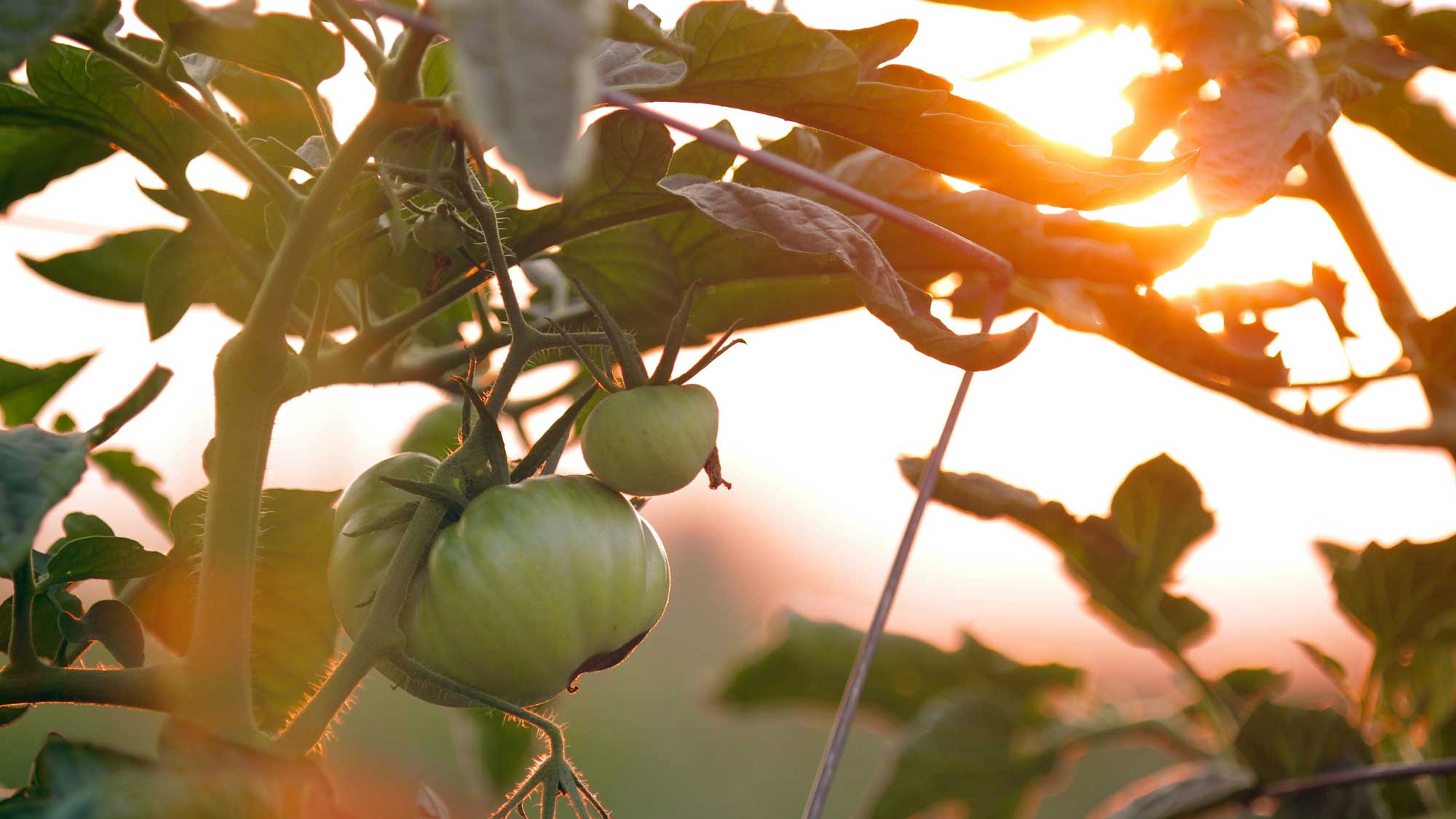Starting a sustainable vegetable garden is a rewarding way to grow your own fresh produce while minimizing your environmental impact. By adopting eco-friendly practices, you can create a garden that is both productive and sustainable. In this post, we will guide you through the steps to start your own sustainable vegetable garden, from planning and planting to maintaining and harvesting.
Planning Your Garden
Choose the Right Location
Select a location that receives at least six to eight hours of sunlight each day. Ensure that the area has good drainage and is protected from strong winds. If space is limited, consider using containers or raised beds to maximize your growing area.
Plan Your Garden Layout
Sketch out a garden plan that includes the placement of different crops. Consider using companion planting techniques to maximize space and improve plant health. For example, planting basil near tomatoes can help repel pests and enhance flavor.
Preparing the Soil
Test and Amend the Soil
Start by testing your soil to determine its pH and nutrient levels. Based on the results, amend the soil with organic matter such as compost, aged manure, or leaf mold to improve its structure and fertility. Adding organic matter also enhances soil water retention and supports beneficial microorganisms.
Implement No-Till Gardening
No-till gardening involves minimizing soil disturbance to maintain soil structure and health. Instead of tilling, use mulch and compost to build up the soil and suppress weeds. This method helps preserve soil organic matter and reduces erosion.
Planting and Growing
Choose Organic Seeds and Plants
Opt for organic, non-GMO seeds and plants to ensure that your garden is free from harmful chemicals. Heirloom varieties are also a great choice as they promote biodiversity and often offer unique flavors and characteristics.
Practice Crop Rotation
Rotate your crops each season to prevent soil depletion and reduce the risk of pests and diseases. For example, follow nitrogen-fixing legumes with heavy-feeding crops like tomatoes or peppers to maintain soil fertility.
Mulch and Water Wisely
Use organic mulch, such as straw, wood chips, or grass clippings, to conserve moisture, suppress weeds, and improve soil health. Water your garden in the early morning or late evening to reduce evaporation and ensure deep, thorough watering.
Sustainable Pest and Disease Management
Encourage Beneficial Insects
Attract beneficial insects such as ladybugs, lacewings, and bees by planting a variety of flowering plants and herbs. These insects help control pests and pollinate your crops.
Use Natural Pest Controls
Employ natural pest control methods such as neem oil, insecticidal soap, or diatomaceous earth to manage pests without harming the environment. Hand-picking pests and using row covers can also be effective.
Harvesting and Enjoying Your Produce
Harvest your vegetables at their peak ripeness for the best flavor and nutrition. Regular harvesting encourages continued production and helps prevent overripe produce from attracting pests.
Starting a sustainable vegetable garden is a fulfilling way to grow your own food while caring for the environment. At issho, our Revive program offers expert guidance and resources to help you create and maintain a thriving, eco-friendly garden. Contact us today to learn more about our sustainable gardening solutions and how we can support your journey towards a greener, healthier lifestyle.








